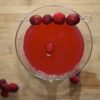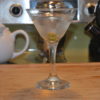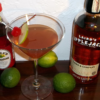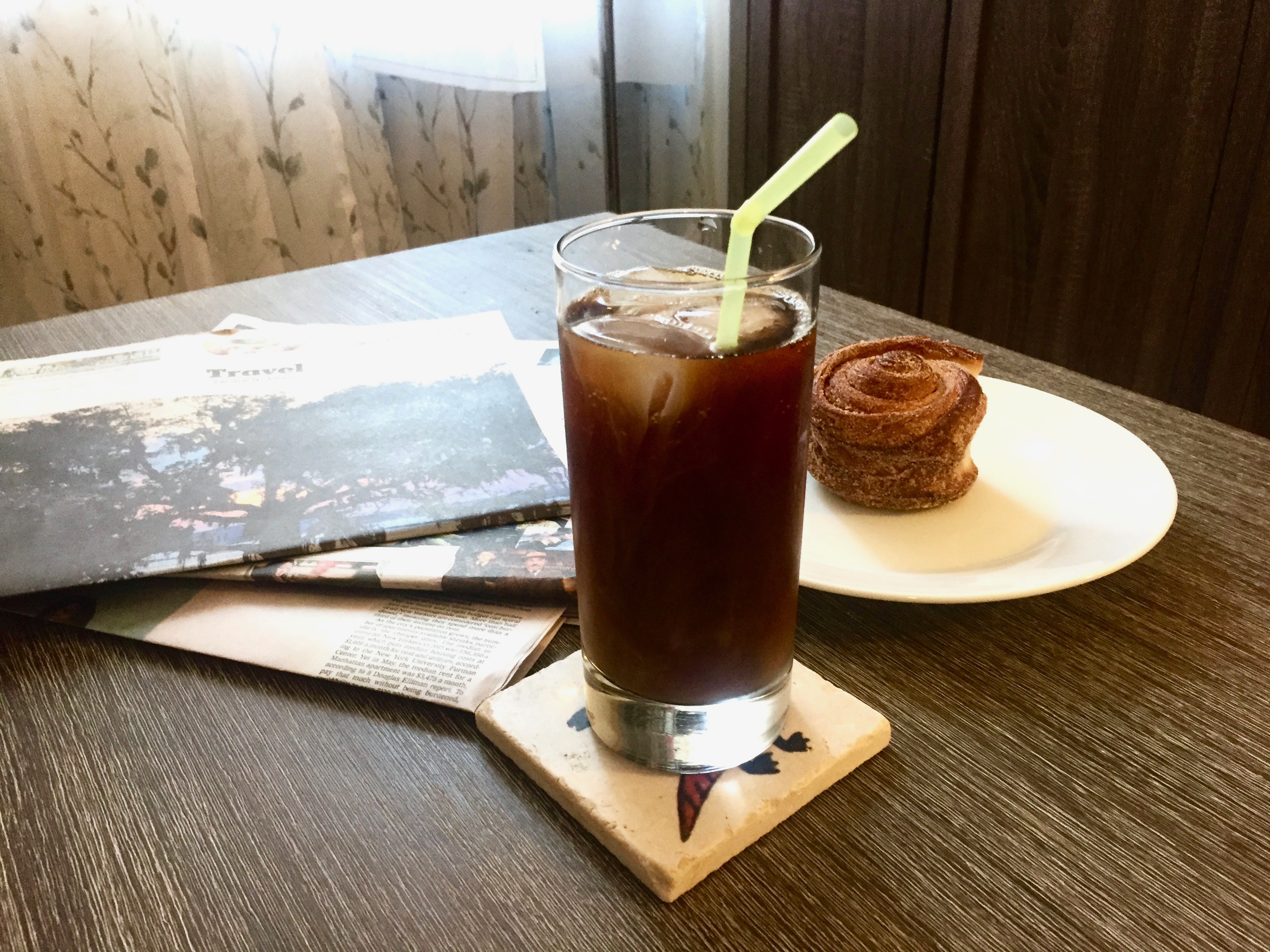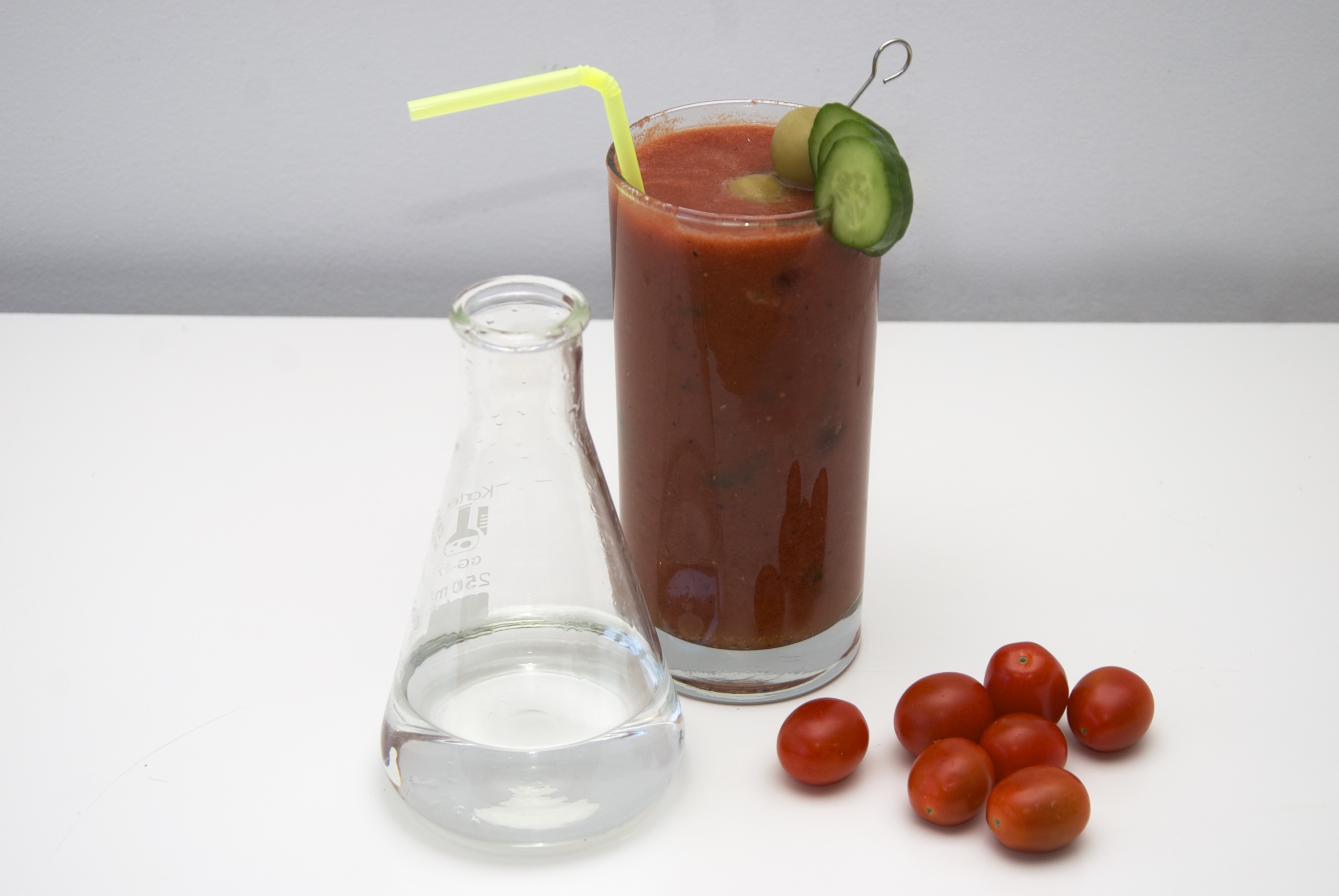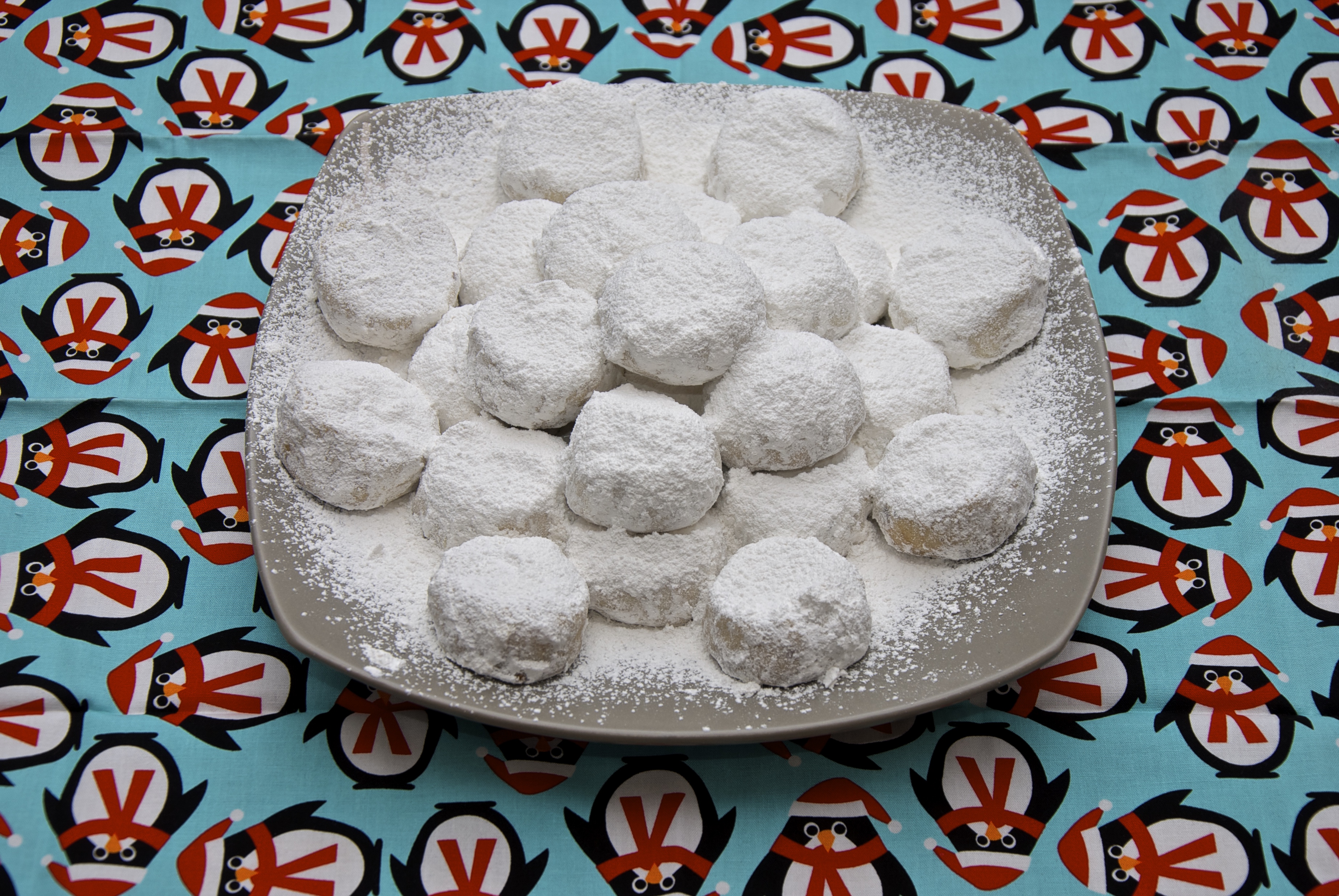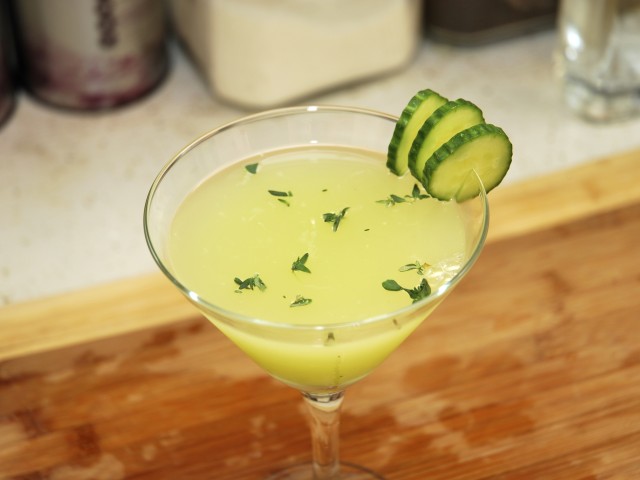
This is the third recipe that has a special meaning. It is from my island in Greece the glorious island of Crete, and even more specifically from my Home town, the town of Ierapetra ( Ιεράπετρα ) that literally translates as Hollystone. Crete is most known for the agriculture and farming, ranging from olive oil, vegetables and wine to animal farming (sheep and goats) and fishing. It is in a way self sustained island. The wine industry although not well developed is responsible for a great by product. All the leftover grape mush after the juice is extracted. This waste is converted to one of the most celebrated distilled spirit of Crete tsikoudia (τσικουδιά) or raki after the turkish version of another distilled spirit. One difference with all the other spirits? It is never mixed, not even with ice. Always straight, never in a cocktail. Well things are about to change. I just made a perfect cocktail based on the same techniques of all the classic cocktails.
First let’s see what is Tsikoudia. As I said it is a distilled spirit of the leftover of the grape-gathering, in the beginning of autumn every year. Once the grapes have been pressed the leftovers are mainly grape skins, stems and seeds still reach in sugars, some more complex than others. If the right yeast is invited to the party the sugars slowly are converted to alcohol. The right yeast is in the air and there is no need to add anything extra in there. The fermentation usually is a few days, no more than a week. Very usually before the discilation wine, cognac or other flavorings are added. Traditional distilleries are comprised of large copper boilers and include long copper funnels on top so that the steam can escape. The funnels, which pass through barrels placed on the sides of the distillation flask and are filled with cold water, end up on the outside of the barrels, on top of empty glass containers. The fermented mixture with the wine and the flavorings is added to the main boiler and is hermetically sealed and finally placed onto the bonfires. The hot steam passes into the funnel and as it then travels through the barrel of cold water, it condenses and liquidates. In approximately a half an hour, the warm spirit begins to fall drop by drop, on the other side of the funnel, into the glass containers. The first liquid coming out is the methanol that has a very low evaporation point. It cannot be consumed since it is very toxic and can blind you in a sip. It is however saved and used for pharmaceutical purposes. However, some people in Crete drink it! The final amount of distilled liquid contains the least amount of alcohol, whereas the actual tsikoudia is produced during the middle of the entire process. This lasts for about three hours, during which the owners of the boilers must taste for alcohol content, increase or decrease the heat and finally stop distillation when the tsikoudia has acquired the desired taste.
There is no strict regulation for the mash used for the tsikoudia production. The only rule is the alcohol level at 43%, and even this is applied to the commercial distillation. More than 60% of tsikoudia in Crete is made at licensed home distilleries. This results in vast differences between the flavor and the alcohol level of tsikoudia. In some places of Crete people make a variety of tsikoudia, called mournoraki. This is coloured red and is distilled from mulberries. It is quite rare and even more strong then tsikoudia. One common element however is the try savory taste that tsikoudia has. It is very meaty and earthy. It is the reason is most commonly paired with food. Foods that are similar in flavor. From meat and fried mushrooms to fresh juice veggies like tomato and cucumber, both predominant in the cretan agriculture. And this is the theme we will use here today. Savory, earthy flavors. And in particular cucumber a very traditional product of Ierapetra.

Here are the ingrentients:
- Tsikoudia or raki (or if you don’t have this you can use good quality vodka or gin)
- 1 lemon
- 3-4 springs of thyme
- 1 small cucumber
- Sugar
- Salt (not shown here but essential)
- Ice – and yes ice is still an ingredient.

Start by cutting the lemon in eighths.

Follow that with the cucumber.

Cut it in 1 inch pieces.

Add the lemon in the shaker.

Follow that with 2 tsp of sugar.

Add a pinch of salt. This is very essential.

Use a muddler to mash things together. Get the juice out of the lemon pieces and crush the skin to release the essential oils of the lemon.

Add the cucumber.

Mash a little more. Crush the cucumber to get the juice out and some of the skin pigments to color the cocktail.

Add the thyme and.. you guessed it… Mash a little more.

Add the ice. Two cups in my case.

And the Tsikoudia. Two shots totaling to 2.5-3 oz.

Now it is a good time to put a glass in the freezer.

While this is chilling cap the shaker and shake vigorously. Very very vigorously.

Things in the shaper must look like this… well mixed.

Take another cucumber and slice of 3 thin rounds of cucumber.

Use them to decorate the chilled glass.

Pour the cocktail in the glass.

Nice…

There almost ready…

Just use some thyme leaves to decorate. Also because they float, whenever you bring the cocktail under your nose the aromas of thyme will immediately complement the savory taste of tsikoudia.

And there you have it. An amazing, refreshing, distinct and unique cocktail.


